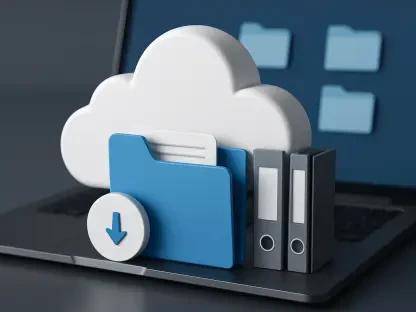Today, we’re thrilled to sit down with Maryanne Baines, a renowned authority in cloud technology with extensive experience evaluating cloud providers, their tech stacks, and how their solutions apply across various industries. In this conversation, we dive into AWS’s latest offering, Capabilities by Region, exploring how it transforms cloud planning for global enterprises. We’ll touch on its unique features, its potential to curb cloud spending waste, how it stacks up against competitors, and who stands to gain the most from this innovative tool. Let’s get started.
What inspired AWS to develop the Capabilities by Region tool, and what specific pain points were they aiming to address for their customers?
The inspiration behind Capabilities by Region really comes from the complexity that large enterprises face when planning cloud deployments across multiple global regions. Many AWS customers were struggling with inconsistent service availability—finding out too late that a critical feature or tool wasn’t supported in a specific region. This often led to delays, unexpected costs, and rework. AWS recognized that providing clear, upfront visibility into what’s available where, and what’s on the horizon, could save organizations a lot of headaches and help streamline their planning process.
How does Capabilities by Region differ from other AWS tools like CloudFormation or Cost Explorer in supporting cloud architects?
Unlike CloudFormation, which focuses on infrastructure as code, or Cost Explorer, which is all about tracking spending, Capabilities by Region is specifically designed to provide a detailed map of service availability across AWS’s global regions. It’s not just about what you can use today—it also gives a sneak peek into planned features. Plus, it’s housed in the Builder Center rather than the Management Console, making it accessible to a broader audience, including non-admins and partners, without needing to interact with live environments.
Can you walk us through how the forward-looking view of service availability in this tool benefits organizations planning global deployments?
Absolutely. The forward-looking view is a game-changer because it lets organizations see not just what’s available now, but what’s coming down the pipeline in specific regions. This means cloud architects can align their deployment timelines with upcoming service rollouts, ensuring they’re not caught off guard by gaps in availability. It helps in making strategic decisions about where to place workloads and avoids the costly mistake of building infrastructure in a region that won’t support critical features when they’re needed.
How does Capabilities by Region compare to similar offerings from competitors like Microsoft Azure or Google Cloud?
AWS has carved out a unique space with this tool. While Microsoft Azure’s Product Availability by Region page lists current services, it lacks the forward-looking timeline that AWS offers. Google Cloud’s Region Picker, on the other hand, focuses more on factors like cost and latency rather than detailed service availability or future rollouts. AWS also provides unified API comparability, which adds a layer of automation potential that competitors don’t match in this context. It’s really about giving users a comprehensive, predictive planning tool.
In what ways can Capabilities by Region help organizations tackle the issue of cloud spending waste?
Cloud spending waste is a huge problem—often around 30% of budgets get squandered on underused resources or poor planning due to lack of visibility. This tool helps by showing exactly where services are available or soon will be, so teams can avoid provisioning redundant resources or deploying in regions that don’t fully meet their needs. It enables smarter decisions, like consolidating workloads in regions with the right capabilities, ultimately cutting down on unnecessary expenses.
What’s the importance of making this tool’s data accessible through the AWS Knowledge MCP Server for developers?
Making the data available through the AWS Knowledge MCP Server opens up exciting possibilities for automation. Developers can integrate this information into their workflows, creating scripts or applications that automatically factor in regional capabilities during planning. It also paves the way for innovative uses, like feeding this data into generative AI tools to get tailored deployment recommendations. It’s a step toward making cloud planning not just easier, but also more intelligent and data-driven.
Who do you think will benefit the most from using Capabilities by Region, and how can different types of users take advantage of it?
I’d say global enterprises with complex, multi-region deployments will benefit the most, especially those in industries like finance or healthcare where compliance and consistency are critical. But it’s not just for large companies—mid-sized firms scaling internationally can also use it to plan efficiently. Since it’s in the Builder Center and doesn’t require an AWS account, non-admin users, partners, and even consultants can access it to provide input or build strategies without touching live systems. It’s incredibly inclusive in that way.
What is your forecast for the future of tools like Capabilities by Region in shaping cloud infrastructure planning?
I believe tools like Capabilities by Region are just the beginning of a broader trend toward greater transparency and automation in cloud planning. As cloud environments become more complex, we’ll likely see even deeper integrations with AI and machine learning to predict not just availability, but optimal deployment strategies based on cost, performance, and compliance needs. AWS is setting a high bar here, and I expect this kind of detailed, predictive insight to become a standard expectation across cloud providers in the next few years.









